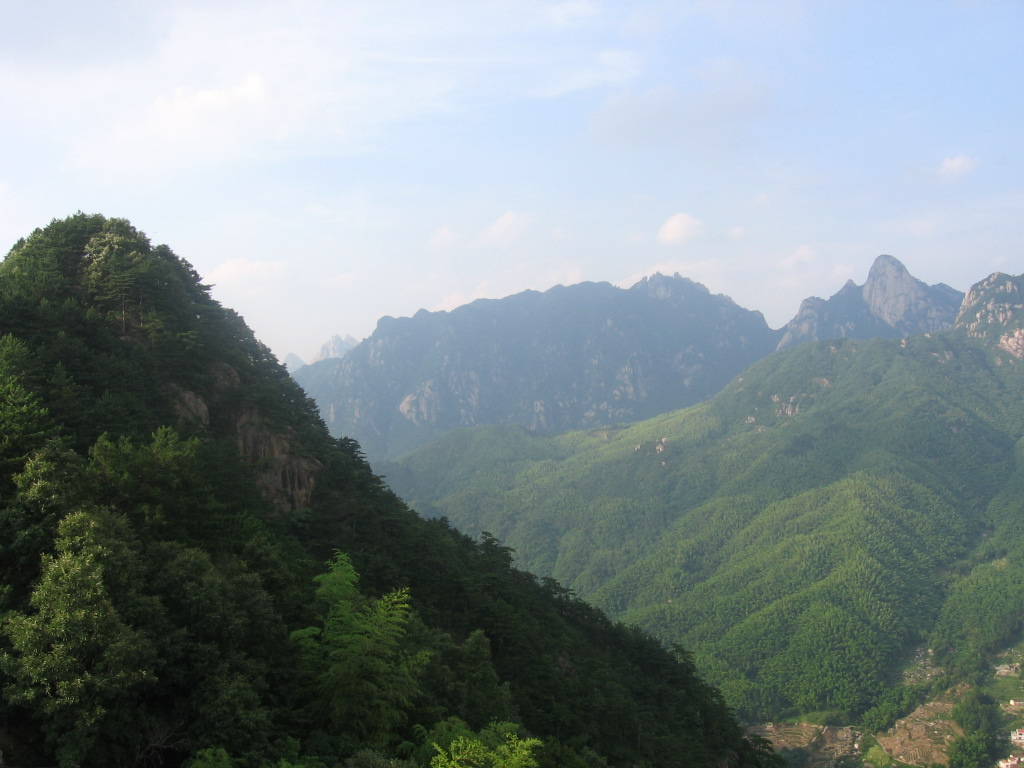A July 2009 National Geographic article by Don Belt on Arab Christians is titled “The Forgotten Faithful.” Among other topics, the article mentions a Lebanese hermit and describes his daily practice:
On a mountain overlooking the Mediterranean near Beirut, a hermit rises at three in the morning, reaching for a flashlight amid the lumpy familiarity of books that are both his life’s work and his lifelong bedmates. The hermit, who’s 73, long-bearded, and known by the name Father Yuhanna, works there until dawn, translating ancient Christian hymns from Aramaic, the language of Jesus, into modern Arabic, copying them into a giant, leatherbound volume the size of a seat cushion. Then he prays, eats a piece of fruit, pulls on his black habit and cloak, and merrily sets off to deliver 10,000 blessings to every place in the world.
His first stop, always, is Alaska, where he “stocks up on fresh air.” Then he drifts down through North and South America, jumps to Africa, moves up through the Middle East, sweeps across Europe, then heads east into Russia and Asia before working his way south to Australia. Everywhere he goes, he distributes blessings, counting them off one by one on a string of woven rosary beads that fly through his fingers like doves. This daily trip takes three or four hours, and most days—if he doesn’t linger too long over the trouble spots—he’s back home by noon. To the untrained eye, he’s just an old man walking around in a garden. To his friends and followers, who come by the hundreds to hear his teachings about Jesus, he’s a saintly figure, a descendant of influential hermits like Simeon the Elder—a fifth-century ascetic who lived atop a stone pillar in the Syrian countryside for more than 30 years, attracting the pious devotion of locals.
A photograph of Father Yuhanna by Ed Kashi includes this caption:
Hermit Father Yuhanna Kwawand opens his doors to visitors for part of the year. Sociable hours put pressure on a busy schedule that includes transcribing volumes of ancient Aramaic hymns into modern Arabic. Retired from his duties as a teacher of the Bible’s Old Testament at Holy Spirit University of Kaslik in Lebanon, Father Yuhanna still conducts daily worship services, offers 10,000 prayers a day, and sleeps only a few hours a night among his books. “People keep bringing me stuff to work on,” he sighs. “They think hermits don’t have enough to do!”
URLs:
(article) http://ngm.nationalgeographic.com/2009/06/arab-christians/belt-text/4
(photo) http://ngm.nationalgeographic.com/2009/06/arab-christians/kashi-photography
